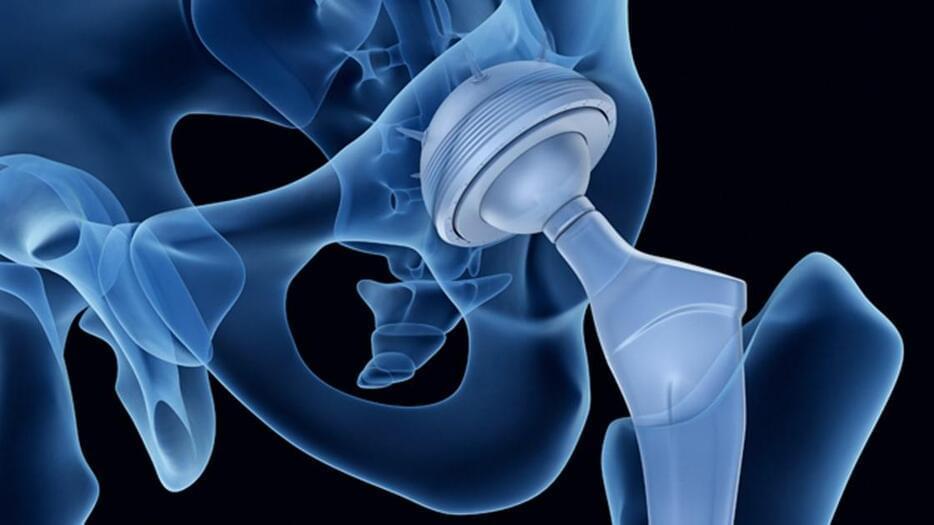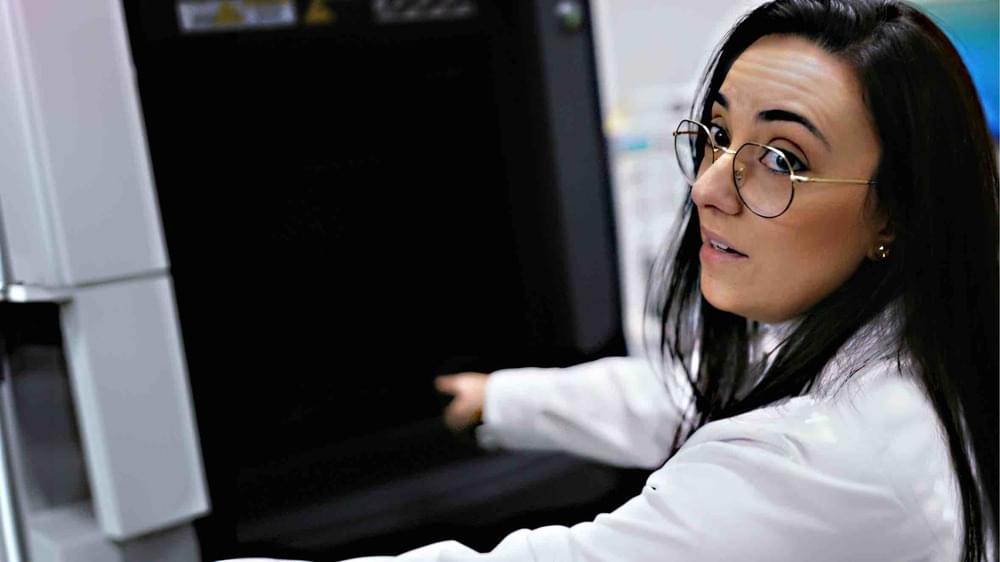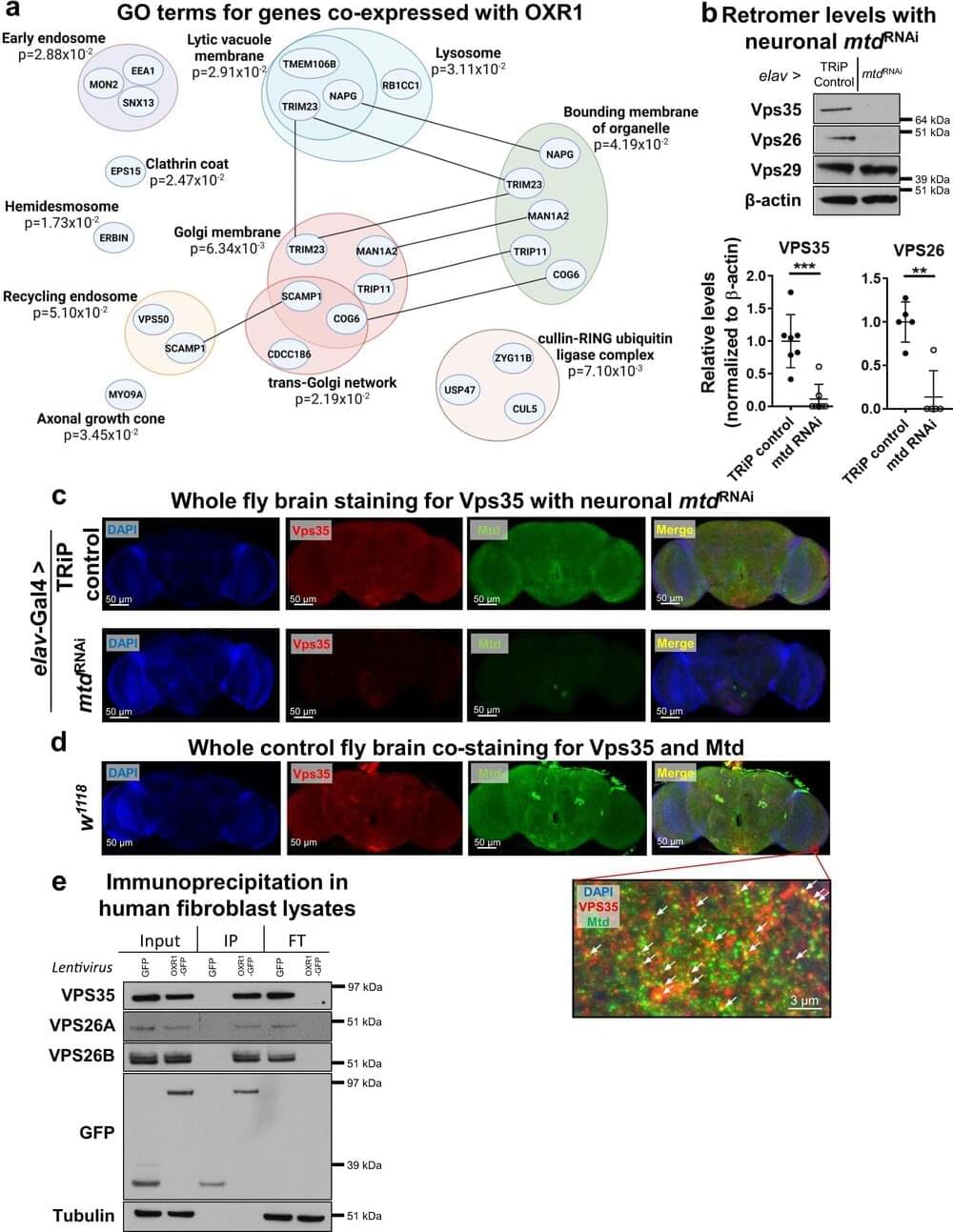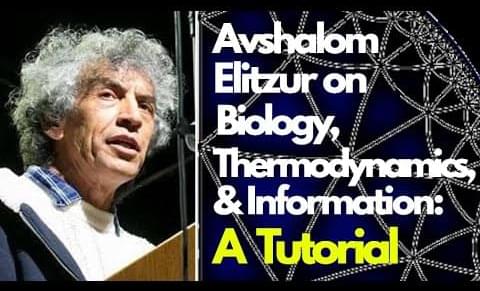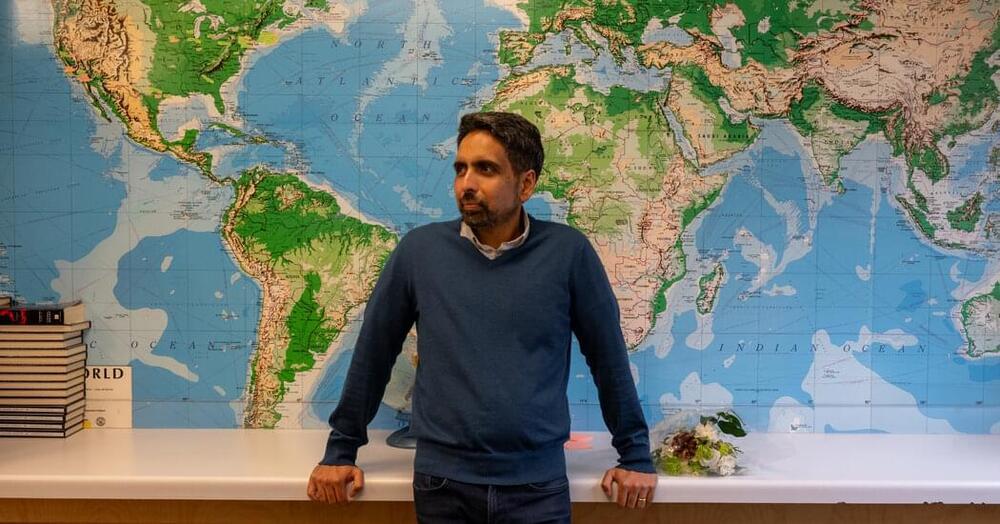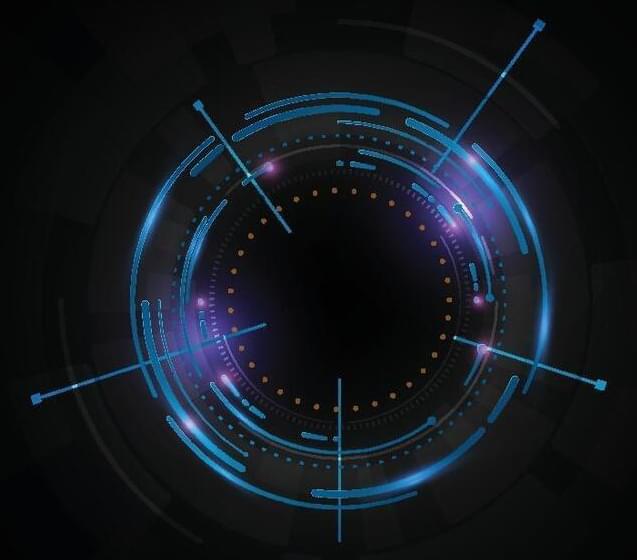Have you heard of (MTC)? While ThyroidCancer is fairly common, there are four different types of thyroid cancers and MTC is the rarest type making up 3% of 4% of all thyroid cancers. Check out our expert reviewed summary for more.
Medullary thyroid cancer, or MTC, is a cancer that forms in the thyroid. The thyroid is a gland located in the front of your neck, just below the Adam’s apple. It is responsible for sending out hormones to the rest of your body. The inside of the thyroid is called the medulla. The medulla contains special cells called parafollicular C cells that produce and release hormones. MTC happens when the C cells become cancerous and grow out of control. MTC may also be called medullary thyroid carcinoma.
How common is medullary thyroid cancer?

